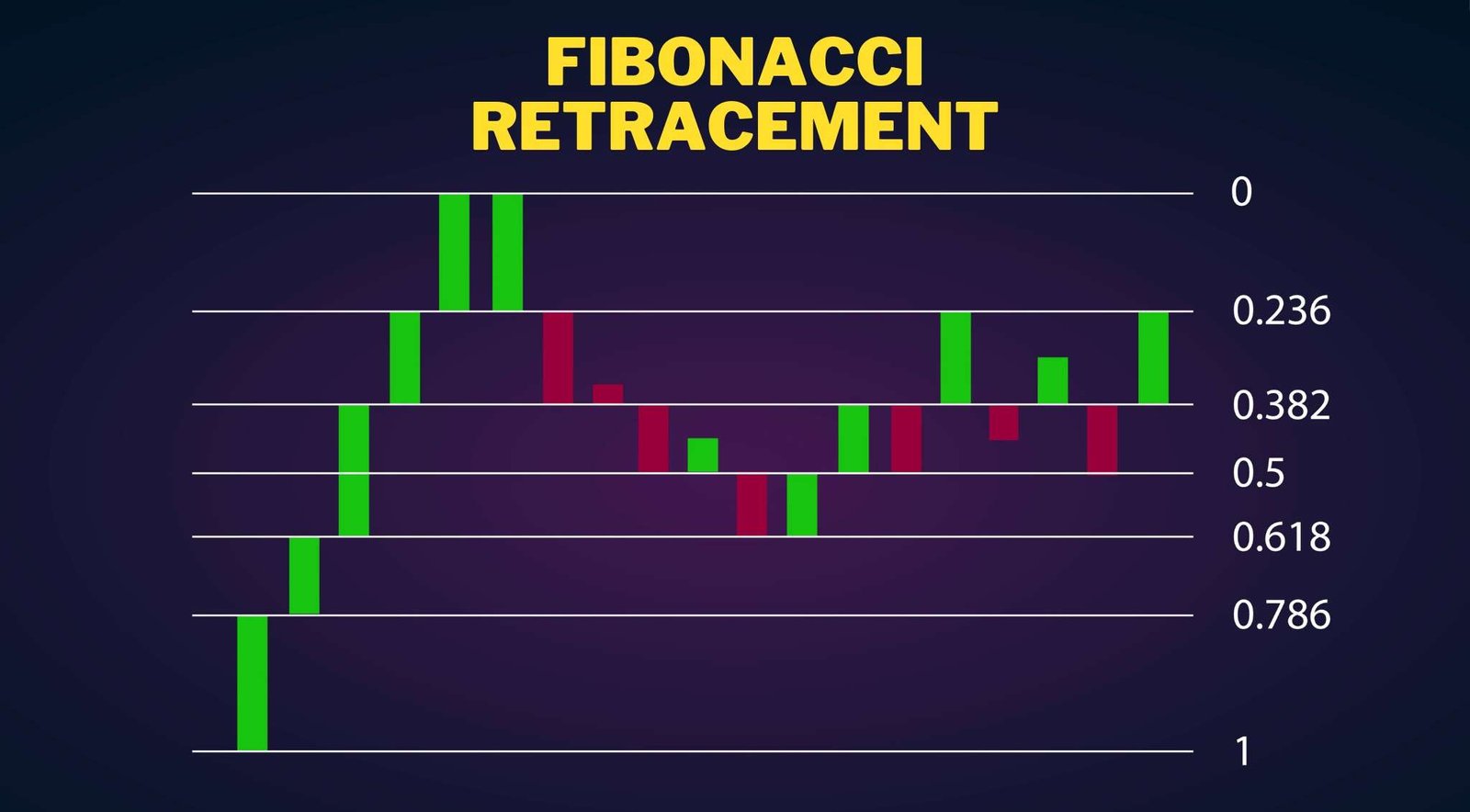Google has released a study that details the methods it uses to identify and remove phony profiles and reviews for businesses.
In a post that was published on Google’s blog, the company said that it has improved its machine learning algorithms in order to detect and eliminate more fraudulent donated photographs and videos, as well as phony business listings, fake ratings, and fake reviews of businesses.
This number is a 20% increase over the previous year, 2021, and indicates that the automated algorithms and human review teams were responsible for removing over 200 million photographs, 7 million videos, and blocking or removing over 115 million reviews.
How Google Detects Spam Contributed by Users
Google uses brand-new machine learning models to identify and remove fraudulent and deceptive content.
These machine learning models seek out anomalous patterns in user-generated content, including identifying novel forms of abuse that had not been previously identified.
Google shared:
We’ve used machine intelligence for a long time to help us identify patterns of potential exploitation, and we’re constantly improving our technology.
Last year, we implemented a significant update to our machine learning models, allowing us to identify novel abuse trends many times more quickly than in previous years.
For instance, our automated systems detected an abrupt increase in the number of business profiles with websites ending in InDesign or. Top, which would be challenging to detect manually across millions of profiles.
Our team of analysts swiftly verified that these websites were bogus, so we were able to remove them and disable the accounts associated with them.”
When new material is uploaded to the Google Maps system, Google’s systems perform quality assurance checks on it before it is published. This helps prevent the publication of false or misleading information.
They also use a model that is based on machine learning to scan information that has already been published in order to identify any instances of false content that may have evaded the first review process.
These advanced technologies are able to stop spam more quickly than in 2021 and capture more of it.
Google explained:
“In some locations, con artists have begun superimposing fictitious phone numbers on top of images that have been submitted, in the hope that they will convince naïve people to contact the fraudster rather than the legitimate company.
In order to address this problem, we implemented a whole new machine learning model. By examining specific visual components and photo layouts, this model was able to identify numbers that users had superimposed on their submitted photographs.
With the use of this model, we were able to effectively identify and prevent the publication of the great majority of these fake and policy-breaking photographs before they were ever made public.
Statistics on Spam Blocking According to Google’s release, in 2022:
Over 115 million reviews were censored or erased by Google, with the company claiming that the majority of evaluations were censored before they were ever published.
Over 200 million photographs and over 7 million films that did not adhere to Google’s content guidelines were deleted as a result of new algorithms designed to combat spam.
20 million efforts to construct bogus company profiles were successfully blocked.
Over 185,000 firms that were experiencing suspicious activity received additional security as a result of this measure.
In January 2023, Google sent a reply to the FTC (see the PDF here), in which the company stated that in addition to examining the content of the accounts, Google also uses signals to detect false accounts.
Google also stated that it is now scanning photographs to identify material that has been overlaid on the images with the intention of diverting phone calls away from a company and towards the phone number of the fraudsters.
They look for bots, duplicate material, and word patterns that are comparable to recognized examples of phony reviews. In addition, they utilize a method that they refer to as “intelligent text matching,” which assists in locating information that is deceptive.
Authentic, Trustworthy, and Risk-Free
When it comes to preventing fraudulent behavior on the Google Maps network, Google employs a combination of automatic and human reviewers to achieve its goals.
People who rely on the ratings of local businesses, as well as company owners whose companies are featured on Google Maps, have a vested interest in seeing that fraudulent activity on the platform is uncovered and punished.




